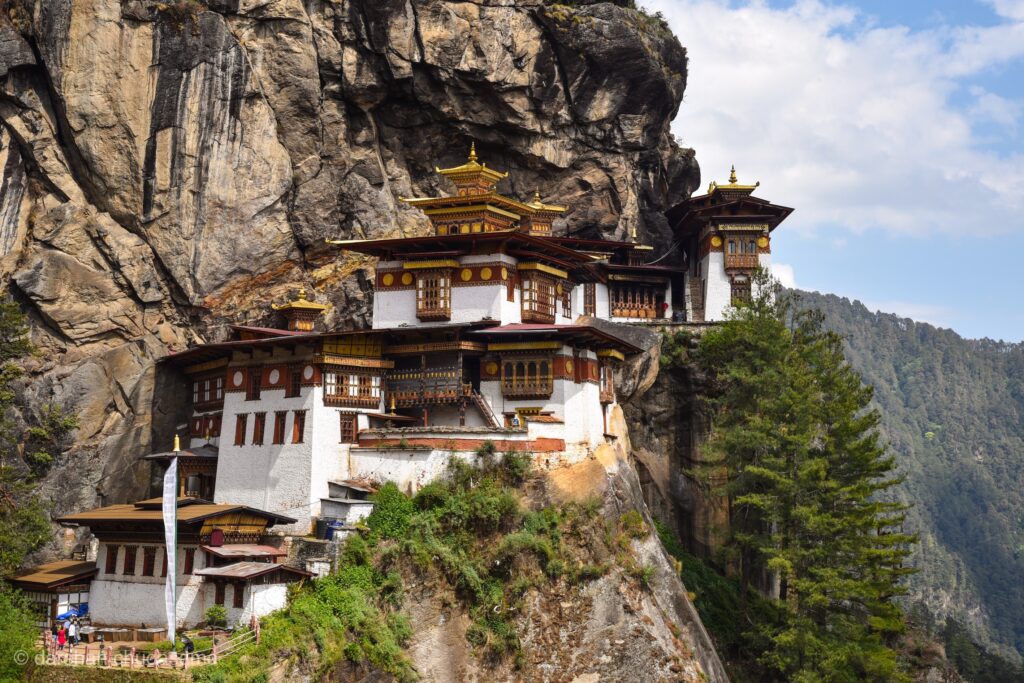
Bhutan is popularly known as the ‘Land of the Thunder Dragon’. In Dzongkha, a Sino-Tibetan language spoken by over half a million people in Bhutan and the national and official language of Bhutan, ‘Druk Yul’ (same term in Bhutanese). The natives believe that thunder is actually the voices of the dragon roaring. While the Bhutanese leaders are known as ‘Druk Gyalpo’, meaning “Thunder Dragon Kings”.
This tiny remote kingdom, nesting in the Himalayas between its powerful neighbors of India and China, is situated in the eastern end of the Himalayas. It’s a beautiful landlocked country. The moment you think of Bhutan, you can imagine artistically designed monasteries, amazing looking Dzongs (distinctive type of fortified monastery architecture) and scenic treks. The location of the Dzong makes it picture perfect and makes for a good place for relaxation. An ideal destination for all types of tourists that offers hill station atmosphere, the last Shangri-La, amazing sunset & sunrise, cool and comfortable atmosphere, ancient temples and forts, and much more.
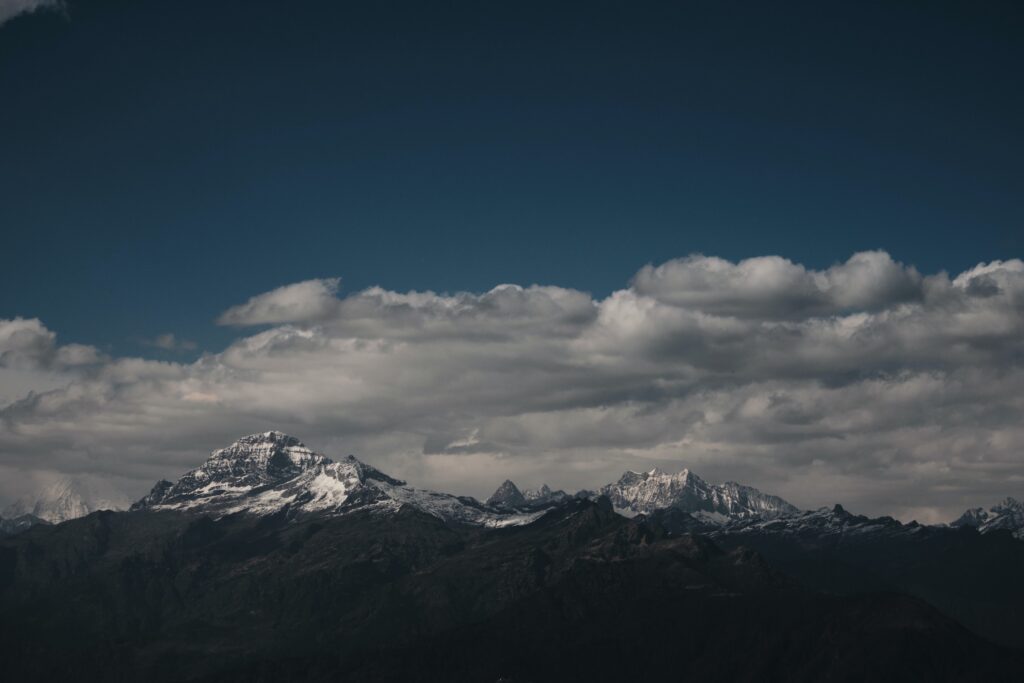
Bhutan, under the Wangchuck hereditary monarchy since 1907, the kingdom is divided into 20 districts (Dzongkha: dzongkhags). They possess a number of powers and rights under the Constitution of Bhutan, such as regulating commerce, running elections, and creating local governments.
Wangdue Phodrang is one of the largest Dzongkhags in the country with 4,308 sq. km and ranges from 800-5800m in altitude. It has extremely varied climatic conditions ranging from subtropical forests in the south to cool and snowy regions in the north
The Bumthang district is the most historic dzongkhag, if the number of ancient temples and sacred sites are counted. Bumthang consists of the four mountain valleys of Ura, Chumey, Tang and Choekhor, although occasionally the entire district is referred to as Bumthang Valley. It is one of the most ancient places in Bhutan.
Trongsa, previously Tongsa, is a Thromde or town, and the capital of Trongsa District in central Bhutan. The name means “new village” in Dzongkha. Trongsa Village is a quaint, small and misty village that serves as one of the most sought romantic Bhutan tourist places. It is very much popular for its Trongsa Dzong that dates back to almost the 17th century. You can also marvel at the ancient trade route and some of the charming forts overlooking beautiful gorges.
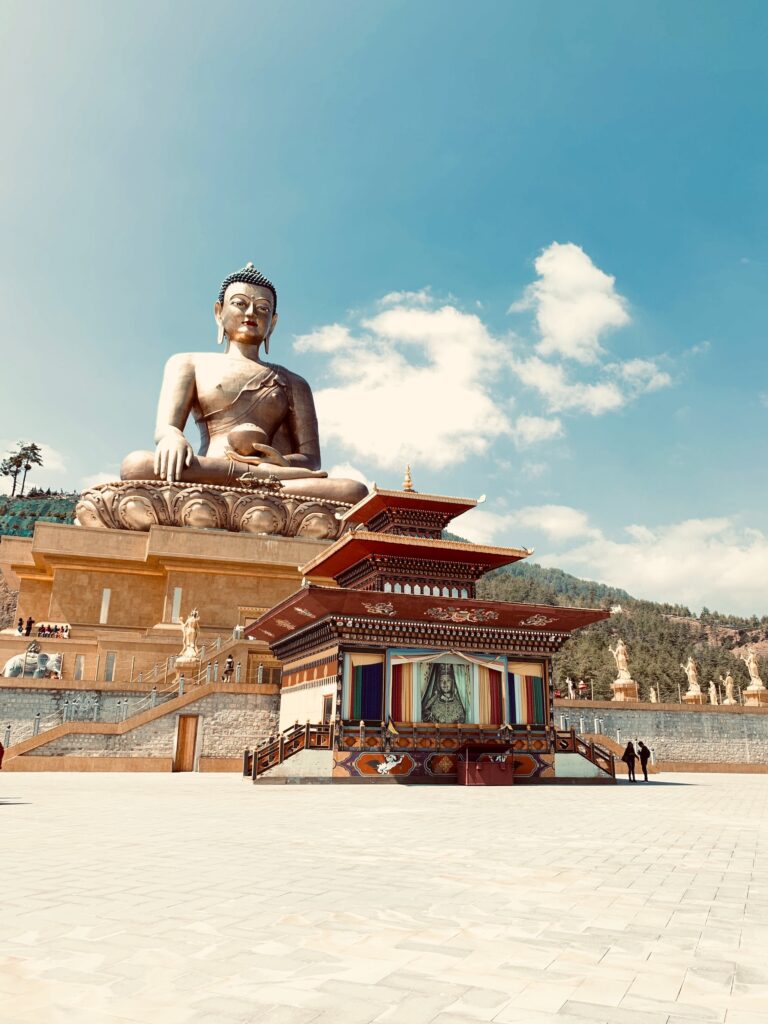
Bhutan’s culture is strongly based on its Tibetan form of Mahayana Buddhism, which contains a sprinkling of Tibet’s ancient Bon Shamanism religion. The country’s rich heritage, protected by Bhutan’s isolation from the modern world until the 1960’s, is still very much in evidence.
Bhutan only began to open up to outsiders in the 1970s to showcase its breathtaking landscapes and majestic, yet beautiful, monasteries. It is difficult to describe the beauty of Bhutan, but this tiny yet lovely country holds the crown for several interesting and impressive titles which makes visiting this place an absolute ‘once in a lifetime’ experience.
Bhutan is the first country in the world with specific constitutional obligations on its people to protect the environment. It is the only nation in the world where the sale of tobacco is banned. At 24,840 feet, Gangkhar Puensum is the highest point in Bhutan—and the highest unclimbed mountain in the world.
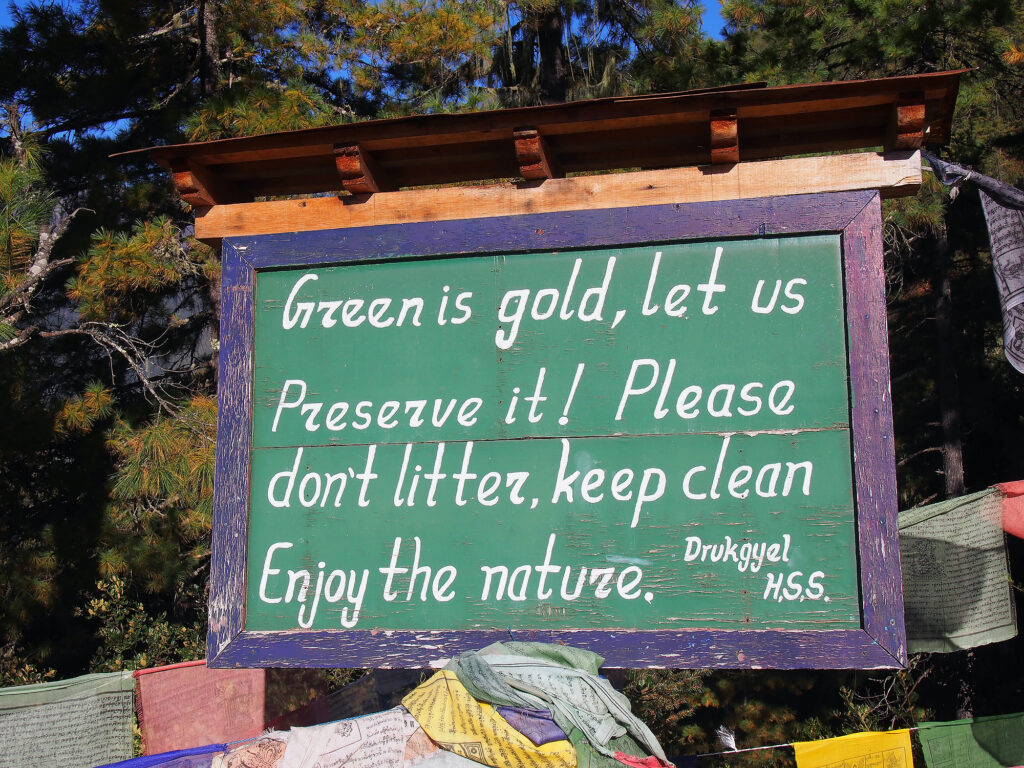
Besides the well known natural beauty, forest conservation and great Bhutanese culture and heritage. This lovely country is quite popular for its gross national happiness. Gross National Happiness is a philosophy that guides the government of Bhutan that includes an index which is used to measure the collective happiness and well-being of its population. Here happiness prevails over GDP. In fact, King Jigme Singye Wangchuck developed his signature Gross National Happiness index based on four pillars: sustainable development, environmental protection, cultural preservation, and good governance.
Bhutan is arguably the world’s happiest country because saving environment is not a part of law or rule, Bhutanese simply believe that conservation of the environment is the way of life. Also, conservation of the environment is one of the pillars of their happiness index. In Bhutan, it is believed that teaching kids to be good people is as important as getting good grades. Hence, it’s one of the greenest countries of the world, that’s no coincidence.
Bhutan has 71 percent of the country under forest cover. Over 800 million trees are estimated to be found in Bhutan. Fir Forests, Mixed Conifer Forest, Blue Pine Forest, Chirpine Forest, Broadleaf mixed with Conifer, Upland Hardwood Forest, Lowland Hardwood Forest, and Tropical Lowland Forests are found in Bhutan.
An estimated 103 Bengal tigers spread around the country, from sub-tropical plains to temperate forests, to high-altitude alpine meadows. The country provides a critical link between tiger populations in Nepal and northeastern India, helping to keep populations connected and genetic diversity strong.
It is a home to a wide variety of animals. At higher altitudes you will come across Snow Leopards, Blue Sheep, Red Panda, Takin, Marmots and Musk Deer. Leopard, Goral, Gray Langur, Himalayan Black Bears, Sambar, Wild Pig and Barking Deer are found in the temperate zones.
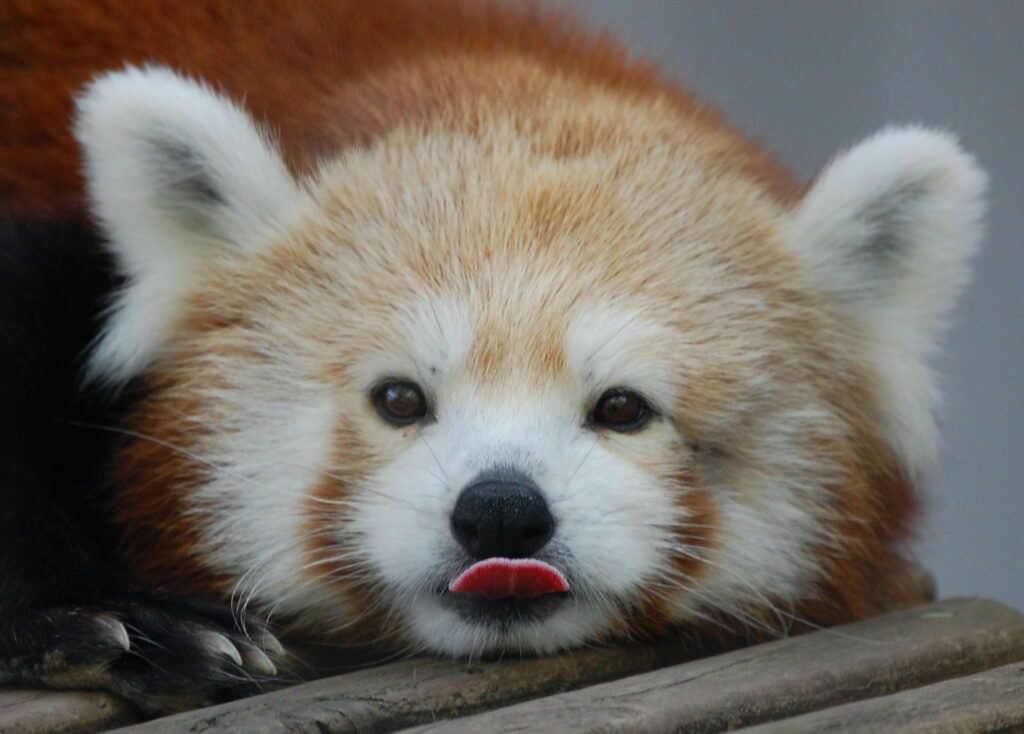
Some other interesting facts, include, Bhutan is the only Carbon negative country in the world, it isolated itself from the world until the 1970s. There are no traffic lights in Bhutan. Here, the king abdicated the throne for democracy. Bhutan says NO to plastic. It has only 8 pilots, who are qualified to fly to Paro Airport. All these facts about Bhutan make one to be fascinated and to visit this country.
Bhutan has many vibrant and colorful festivals in the world. In fact, many travelers plan their trip to Bhutan to coincide with the famous Paro and Thimphu Festivals. Thimphu Tshechu is the biggest and the most popular festival of Bhutan, that is the national festival of Bhutan where thousands of people flock down, all decked up in fine colorful attire for celebration.
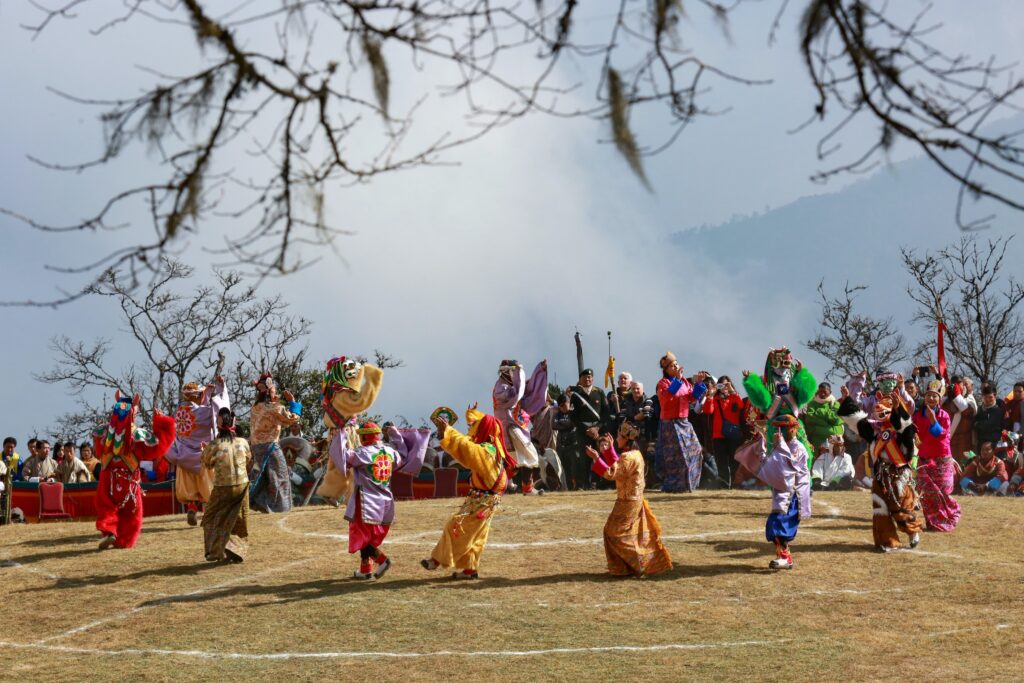
As for Bhutanese cuisine, Rice forms the main body of the meals. Usually, it is accompanied by one or two side dishes consisting of meat or vegetables. Pork, Beef and Chicken are the meats that are eaten most often. Vegetables commonly eaten include Spinach, Pumpkins, Turnips, Radishes, Tomatoes, River Weed, Onions and Green Beans.
One of the reasons behind Bhutan being declared the No. 1 tourist destination in the world, in the annual publication Best in Travel 2020 by Lonely Planet is sustainability. According to the Travel in 2020 book, the country pursues a high value, low impact tourism policy.
The most beautiful places to visit in Bhutan are Paro Valley, Thimphu, Trongsa village, Bumthang, Wangdue, Dagala thousand lakes, Chomolhari.
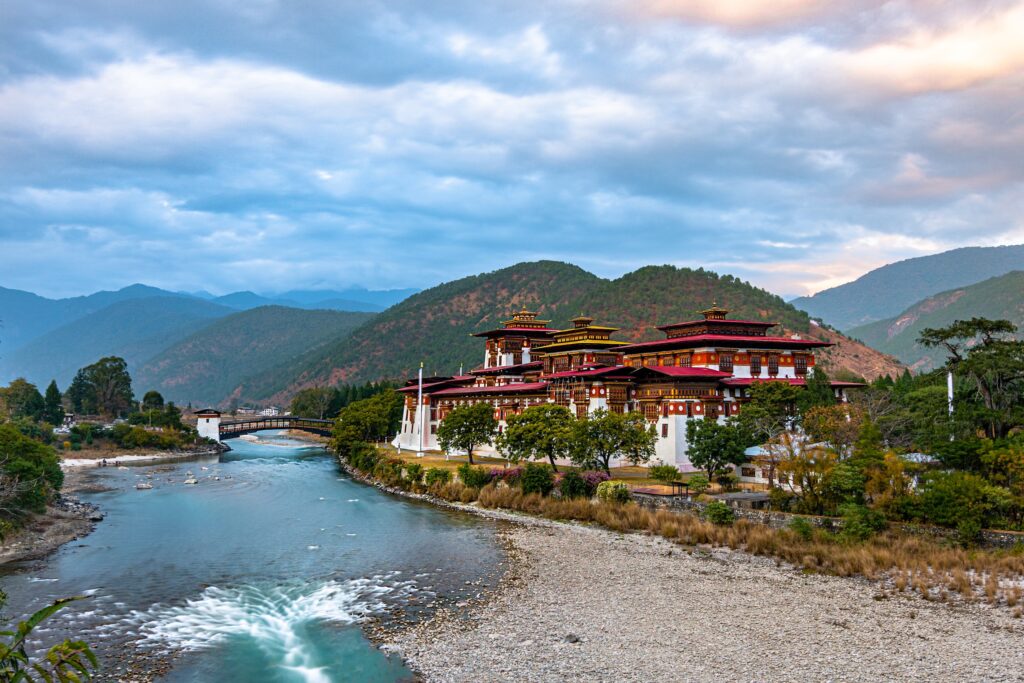
Paro Valley is a district, valley, river and town in Bhutan. It is one of the popular romantic places to visit in Bhutan because of its age old exhibition halls and Rinpung Dzong fortress. Heading to this place with your beloved partner, friends and family, you will fall in love with the craggy mountainous road overlooking and in fresh smell of the pine groves and lush paddy fields.
Thimphu is Bhutan’s capital, occupying a valley in the country’s western interior. It is considered to be one of the popular romantic places to visit in Bhutan that is known for its lively atmosphere and festivities. Located on the foothills of Himalaya, this place is home to some of the popular monasteries and nature reserves of Bhutan.
Attracting many adventure lovers and trekkers, the Dagala Thousand Lakes Trek is one of the best treks in Bhutan which leads to several alpine lakes surrounded by majestic mountains. It has a spectacular landscape of crystal clear lakes and soaring Himalayas peaks. It is the most beautiful trek to do in Bhutan.
The Chomolhari trek is the best hiking destination in Bhutan. The Chomolhari Base Camp trek is a seven day trek, which ranges from the picturesque valleys of Paro and Thimphu, to the incredible mountain vistas of Chomolhari (7326m), Jichu Drake (6794m) and Tshrim Khang. Our tour begins with a visit to the stunning Tiger’s Nest Monastery, located high on the cliff side of the upper Paro valley
Bhumthang Valley trek is one of the most gorgeous treks that Bhutan offers. It is a great choice for a festival and culture lovers. The journey begins after a couple of days in Paro, driving to Thimphu’s crafts centers and temples, and then over the splendid DochuLa & Chelila Passes to Tongsa and Jakar, the Bumthang Valley’s main village.
Bumthang Valley is Bhutan’s most sacred valley, hallowed 1,200 years ago by the visits of Padmasambhava (the great Buddhist master, called Guru Rinpoche or the Precious Teacher). Start your splendid Bumthang valley trek passing through several lovely villages. This trek provides an exceptional opportunity to discover Bhutanese rural life. On the way to Punakha enjoy the scenic drive and get spectacular views of the Himalayas. Drive downhill through the forests of rhododendron, fir and hemlock.
October to December is the ideal time to visit Bhutan as the air is clear and fresh with sunny skies. January and February are colder, but from then until April the climate remains dry and pleasant and in late spring the famous Rhododendrons bloom spectacularly, flooding the valleys with color.
With so much to see in Bhutan, an ideal tour of the country would be for the whole thirty days of your allowed visa, which might just be enough time to visit around two thirds of the country’s amazing sights and attractions.
However, to make the most of the best sights and experiences in Bhutan, at least five days is sufficient. Five days itinerary for Bhutan should include day 1 arrival in Paro, day 2 hike to Tiger’s Nest Monastery, day 3 drive to Chele Le and Bike to Ha, day 4 bike ride in Ha valley and day 5 with a drive to Thimphu.
When you travel to Bhutan, take this list of our six must-taste Bhutan food items to sample at least once. The list starts with Jasha Maroo or Maru (spicy chicken), Phaksha Paa (Pork with red chillies), Ema Datshi (chilies and cheese), Momos (Dumpling), Red rice, and a brewed drink called Ara or Arag.
Bhutan is a very good and calm place to visit. Bhutan is very different and well worth the money – the culture is different as it is still pristine with the focus today on high value tourism that doesn’t impact on its environment.
Temperatures in Bhutan can vary between 15-30 degrees Celsius (59-86 degrees Fahrenheit). In the central parts of the country is home to temperate and deciduous forests with a more seasonal climate with warm summers and cool and dry winters
The best way to reach Bhutan from India is to take a direct flight to Paro. It takes around 2.5 hrs to reach from Delhi to Paro, flying time is at its minimum if you are taking a flight from Bagdogra. Trip Alfresco has a well developed Bhutan package for direct bookings. We also customize Bhutan packages for any sort of traveler.
For information on the latest COVID-19 pandemic restrictions, special offers, bookings for customisable comfortable journeys, please contact us info@tripalfresco.com. We also organize chartered planes and private jets for bespoke holidays.
Photo Credits : Darshan Chudasama, Navid Nooren, Karun Giri, Cameron Woodworth, Pema Gyamtsho, Kinshuk Bose, Curt